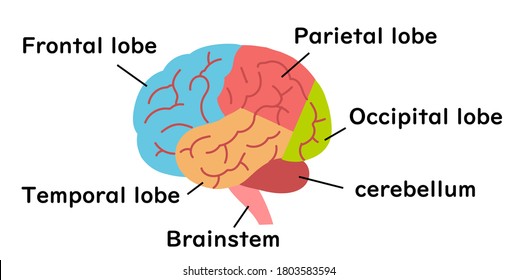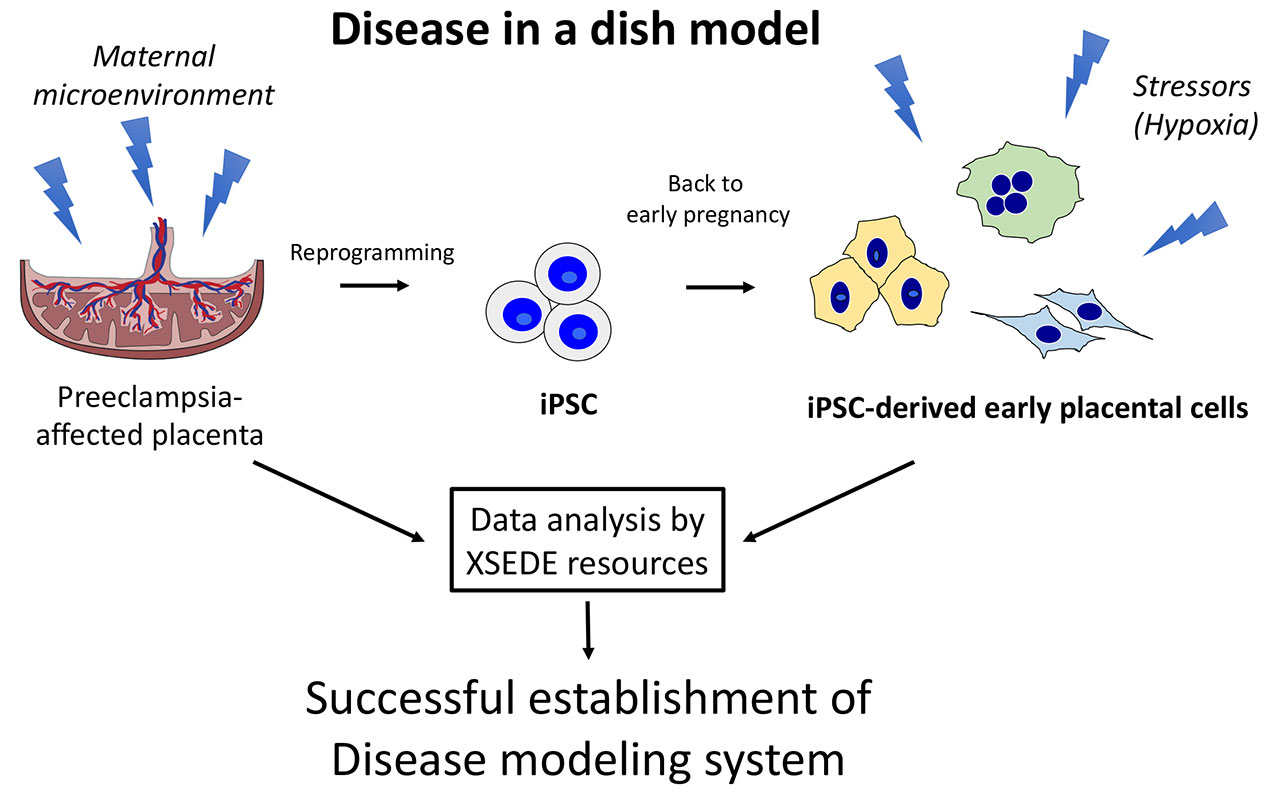Glioblastoma (GBM) is a common type of aggressive brain tumor that is found in adults. Survival of this type of brain cancer is poor with just 40% survival in the first-year post diagnosis and 17% in the second year, according to the American Association of Neurological Surgeons. This disease has taken the life of former U.S. Senator John McCain and Beau Biden, the late son of U.S. President Joe Biden.
In a CIRM supported lab that conducted the study, Dr. Yanhong Shi and her team at City of Hope, a research and treatment center for cancer, have discovered a potential therapy that they have tested that has been shown to suppress GBM tumor growth and extend the lifespan of tumor-bearing mice.
Dr. Shi and her team first started by looking at PUS7, a gene that is highly expressed in GBM tissue in comparison to normal brain tissue. Dr. Qi Cui, a scientist in Dr. Shi’s team and the first author of the study, analyzed various databases and found that high levels of PUS7 have also been associated with worse survival in GBM patients. The team then studied different glioblastoma stem cells (GSCs), which play a vital role in brain tumor growth, and found that shutting off the PUS7 gene prevented GSC growth and self-renewal.
The City of Hope team then transplanted two kinds of GSCs, some with the PUS7 gene and some with the PUS7 gene turned off, into immunodeficient mice. What they found was that the mice implanted with the PUS7-lacking GSCs had less tumor growth and survived longer compared to the mice with the control GSCs that had PUS7 gene.
The team then proceeded to look for an inhibitor of PUS7 from a database of thousands of different compounds and drugs approved by the Food and Drug Administration (FDA). After identifying a promising compound, the researchers tested the potential therapy in mice implanted with GSCs with the PUS7 gene. What they found was remarkable. The therapy inhibited the growth of brain tumors in the mice and their survival was significantly prolonged.
“This is one of the most important studies in my lab in recent years and the first paper to show a causal link between PUS7-mediated modification and cancer in general and GBM in particular” says Dr. Shi. “It will be a milestone study for RNA modification in cancer.”
The full study was published in Nature Cancer.
Dr. Shi has previously worked on several CIRM-funded research projects, such as looking at a potential link between COVID-19 and a gene for Alzheimer’s as well as the development of a therapy for Canavan disease.











